Virtual Buildings Information System (VBIS)
Classification Structure
VBIS tags provide an ontology for assets in the built environment. Ontology is a set of concepts and categories in a subject area or domain that shows their properties and the relations between them.
Every built environment project will have an information model, often a mixture of structured and unstructured information repositories incorporating project, organisation and asset information requirements. However, even if well structured, the structure is unlikely to be compatible with other projects, particularly older projects in the build environment, and whilst suitable for a particular clients requirements, may not be comparable with an organisation that acquires the project at a later date, or is contracted to maintain the project on completion.
Comparison of the new built projects with the existing built environment is also a critical aspect of effective facilities management.
The challenge is how to unify these repositories to be able to search them in a consistent way to recover information and mine for operational performance data to be input into asset management and upgrade decision processes.
The VBIS tags were developed on first principles, deliberately separating the use of the asset from its type. The VBIS tags comprises a four-level structure which provides a unique alphabetic tags per type of asset:
Level 1
Disciplines
Disciplines are used to group design, construction and maintenance activities and are based on the traditional building services engineering & associated disciplines.
Level 2
Products
Products are created to serve a specific function. e.g. for pumps the product specific function is to generally move a fluid or in some cases compress a gas.
Level 3
Sub-Type
Provides the first level of categorisation of the product.
Level 4
Sub-Sub-Type
Provides the second level of categorisation of the product.
The tags are designed to facilitate searching in a unified manner for assets by type. An example is provided below. Note that VBIS codes can be provided with mapping to Uniclass & Omniclass.
The tags above are designed to be unique within the mechanical discipline and permit searching of all levels using a search wildcard.
Examples of searching using wildcards on VBIS tags are:
ME-PU* will find all mechanical pumps
ME-PU-CES* will find all mechanical centrifugal end suction pumps
They can be applied across an asset database:
*PU* will find all pumps regardless of discipline
*PU-CES* will find all centrifugal end suction pumps regardless of discipline
Or applied to another discipline category:
FS-PU-CES* will find all fire suppression centrifugal end suction pumps
Applying a VBIS code to an asset record also provides a standard categorisation structure. The codes can be applied to a range of asset records including BIM models, 2D drawings, documents, real-time performance information data.


